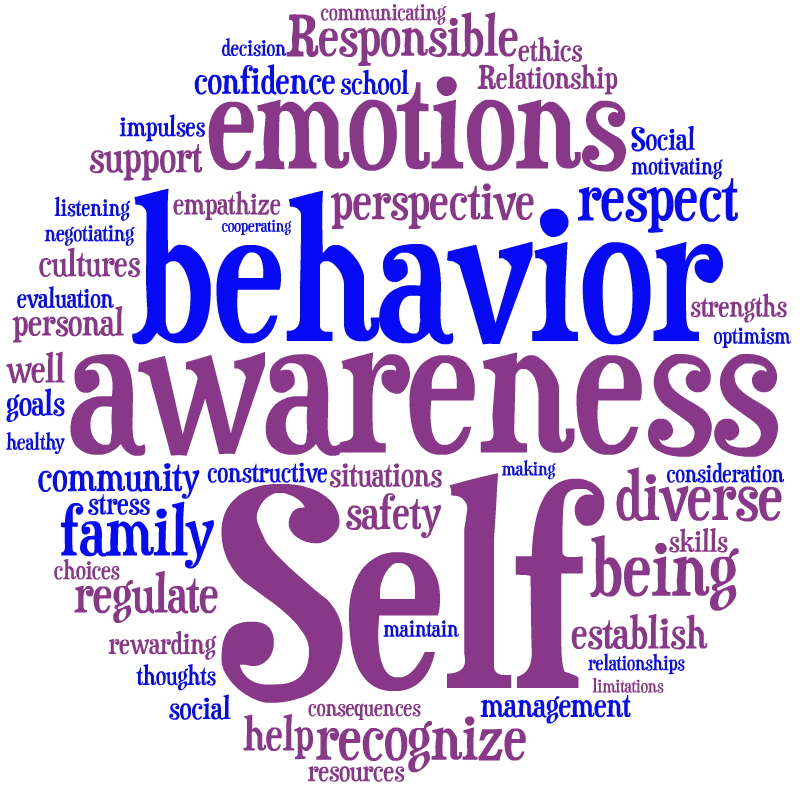Do You Have to Choose?
A current struggle for many teachers of students with Autism Spectrum Disorder is having to choose between teaching social skills and teaching core subject areas such as reading. This struggle is exponentially increased when those students are on common core standards and need to take standardized tests such as the FSA. Students with Autism typically have difficulties with a variety of different social and emotional skills including emotional regulation, danger awareness, communication, and much more. It is crucial that students receive daily instruction in these areas, but where is there time for that? How is a teacher supposed to pick between providing adequate social-emotional learning instruction that fills the deficits created by the disability, and providing extensive reading instruction in hopes of the child passing the standardized test that may prevent them from being promoted to the next grade.
The question that then arises is one more important than the other for these individuals? With that being so difficult to answer, another question that can be posed is: Is there a way to have the best of both worlds? Can teachers simultaneously teach a core subject area such as reading as well as social-emotional skills? Are there benefits to doing so? Research has shown that there is a definite connection between social-emotional learning skills and a variety of literacy and preliteracy skills. Studies have also shown a correlation between social-emotional learning instruction and longer abilities to focus and an increased ability to engage in academic instruction.
One study showed that children who had a higher level of emotional knowledge were better able to engage in shared reading tasks due to their increased insight into characters and feelings exhibited by those characters. Barton and Wolery found in 2008 that children who were able perform a variety of interrelated activities during pretend play were typically able to exhibit a higher level of critical thinking skills and were able to partake in a deeper of level of reasoning.
These studies begin to provide answers to the question of whether or not core subject areas and social-emotional learning instruction can be combined to meet all of the needs of students with Autism Spectrum Disorder. If there are benefits to the combination, then there most definitely is a way to combine them.

References
Curby, T. W., Brown, C. A., Bassett, H. H., & Denham, S. A. (2015). Associations between preschoolers’ social–emotional competence and preliteracy skills. Infant and Child Development, 24(5), 549-570.
Ulke-Kurkcuoglu, B. (2015). A Comparison of Least-to-Most Prompting and Video Modeling for Teaching Pretend Play Skills to Children with Autism Spectrum Disorder. Educational Sciences: Theory and Practice, 15(2), 499-517.